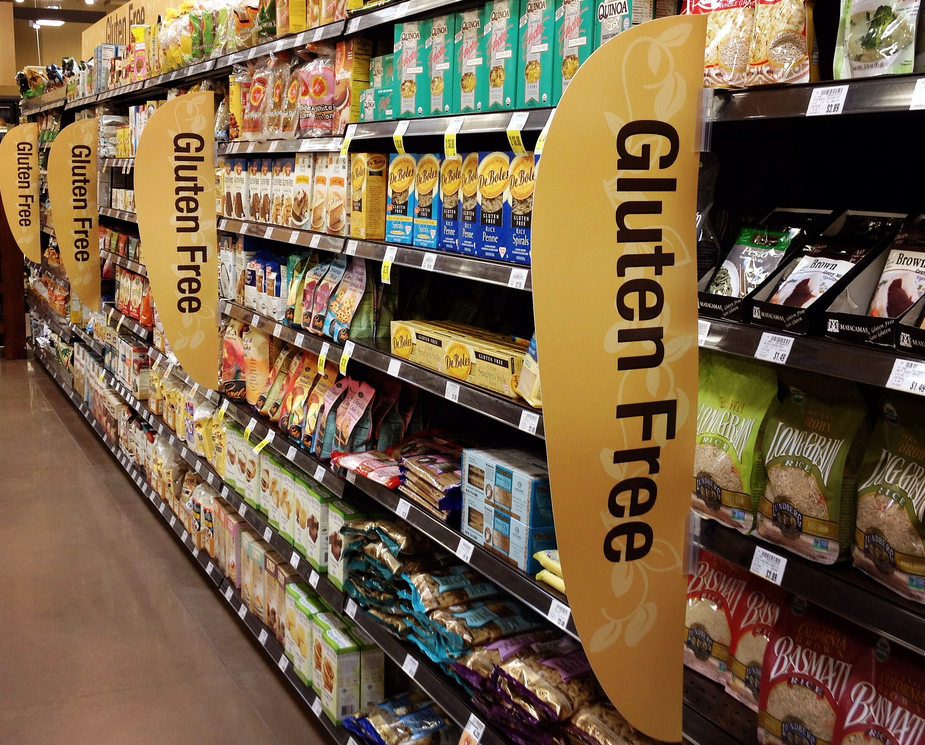In recent years, there has been a massive influx in “gluten-free” foods stocking our local supermarket shelves and freezers. Many consumers jump on the trend thinking that products with the “gluten-free” label are healthier by nature—but they don’t really understand the true purpose behind these custom options.

Source: Mad Alche Mead
The core mission behind these “gluten-free” products is not to serve some fad diet, but rather, to help those people suffering from a medical condition called celiac disease simply eat without worrying about an adverse reaction.
So what is celiac disease?
Celiac disease is a chronic medical condition that disrupts the small intestine’s ability to effectively absorb nutrients. The active ingredient that disrupts the proper digestive process in people with celiac disease is called gluten. Gluten is a protein most commonly found in wheat, barley, and rye. Think: breads, pastas, beers, etc.

Source: Health Prep
Untreated celiac disease can result in damage to the small intestine and nutritional deficiencies like anemia. It also causes a host of discomforting reactions including bloating, cramping, gas, and skin irritations.
People with celiac disease need to avoid gluten to prevent further damage to their small intestine and to help their digestive tract heal. Even traces of gluten can create problems.
There is no cure for celiac disease. Those who have it, have it for life. This is why finding safe foods is a necessity. Healing the small intestine with proper nutritional supplements is also essential. Together, these two practices can help a person with celiac disease return to living a healthy life.

